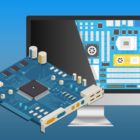Which RAM Is Best for Gaming?
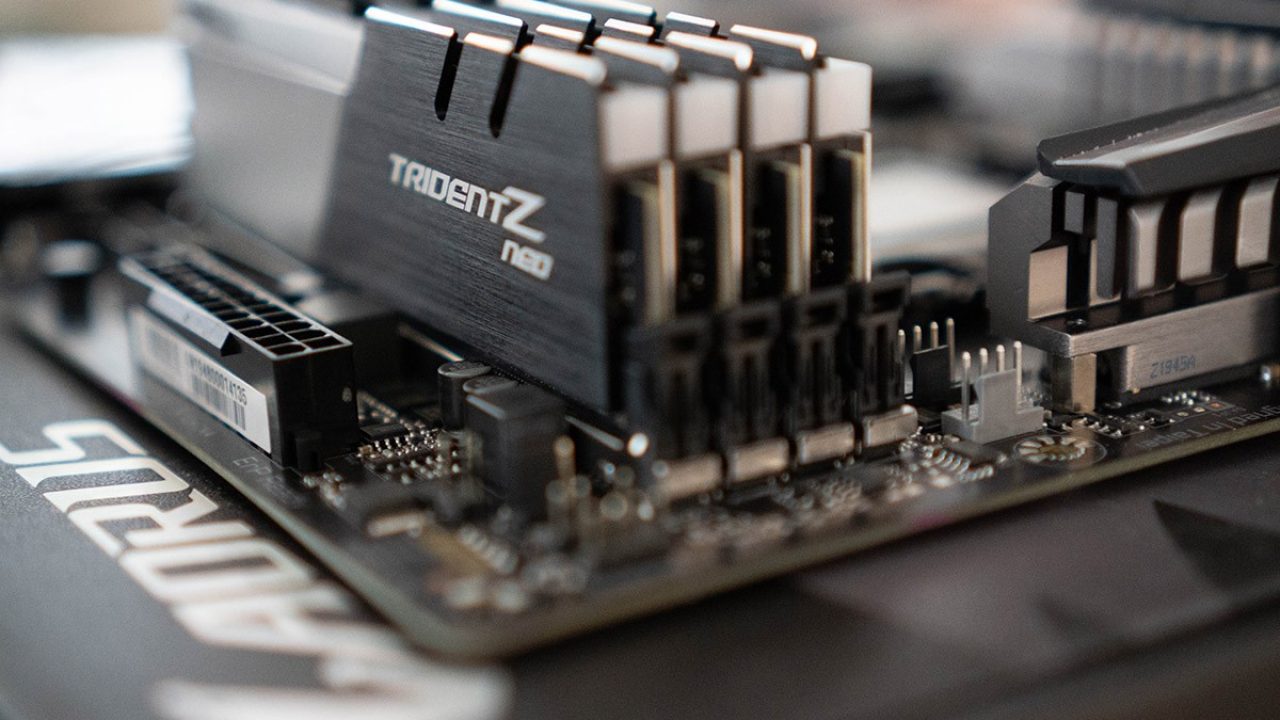
Gaming is one of the more RAM-intensive computing activities as modern applications require a solid amount of memory to run. Generally, the more RAM you have and the better it is, the more efficient your core specifications become. However, vast amounts of RAM can be costly and somewhat unnecessary.
This article will focus on how much RAM is ideal for gaming and which memory sticks to use depending on build.
Is More RAM Better for Gaming?
One of the first questions most gamers ask is, “How much RAM do I need?” The answer to that is surprisingly complex, but the basics are easy to grasp. On average, modern games require anywhere from 4GB to 8GB of RAM to run correctly. A game’s art assets are among the most memory-intensive files to retrieve, so they always need to be on hand. However, the operating system itself and any background applications can also take a surprising amount of RAM. To be safe, you’ll require a few more GB of RAM for optimized performance.
While more demanding games like Witcher 3 won’t even start if they detect insufficient RAM, some will when allocated smaller amounts of memory. Additionally, RAM itself doesn’t have a huge impact on in-game performance. Having lower RAM won’t decrease FPS by a significant margin or make the game unplayable if the rest of the system can handle the game’s load.
A game’s minimal requirements are typically generous and include OS RAM usage. This means that if the game requires you to have 8GB of RAM, it will work optimally at that amount or even less.
Fortunately, the price of RAM sticks has decreased significantly over the past decade, and 8GB of RAM is not much more expensive than 4GB. So, if you’re upgrading from an existing system, replace all RAM sticks with improved ones rather than mixing different types and capacities to avoid reduced performance.
If you have some leeway in your PC budget, we recommend upgrading to 16GB RAM. While not a huge investment, it will ensure smoother computer operations and prevent stuttering. Having 16GB of RAM will also allow more programs to run in the background.
Additionally, use multiple lower-capacity RAM sticks instead of a single high-capacity stick. Doing so will yield better system parallelism, allowing the separate memories to operate independently. The same principle applies if you want to get 16GB of RAM. Having two 8GB is among the most common system setups. With support for both DDR3 and DDR4 builds, there are very few reasons to get a single RAM stick other than budget concerns.
Gamers who are interested in a streaming career or CAD-oriented design should probably upgrade to 32GB. This much RAM is a significant outlier from the norm, and most people won’t need this much memory just for gaming.
Which RAM Is Best for Gaming?
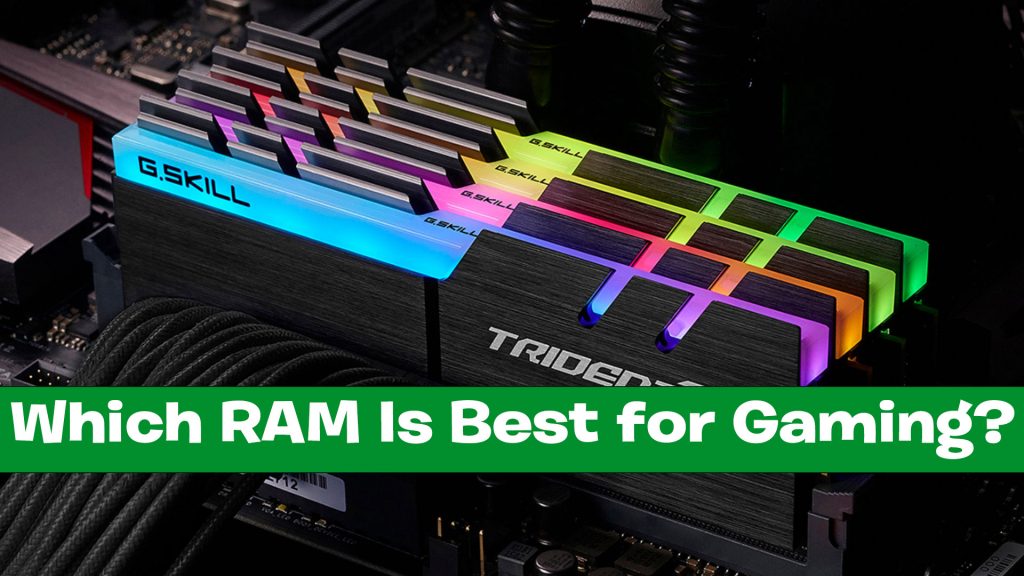
The type of RAM you can use in your PC is determined by the rest of your system, specifically the motherboard. Unfortunately, newer motherboards aren’t backward compatible with older generation RAM, and you won’t be able to fit a new RAM into an old motherboard.
The generations of RAM are determined by their type. For example, DDR3 and DDR4 are the most common RAM types used today, with the numbers referring to the generation. DDR3 has been used since 2007, so chances are that even an old computer will have those slots.
DDR4 and DDR3 memory sticks have different key notches, which prevent them from sticking into inappropriate motherboards so that users can’t mistake the two.
Generally speaking, better RAM has faster memory access. The quality of RAM is typically measured in MHz. MHz indicates how many memory transfers can happen inside a single memory stick, so more is better.
For example, a DDR3 memory typically caps at 2400 MHz, while a DDR4 RAM can have 4000 MHz. However, most older systems cap at 1600 to 1866 MHz, meaning anything higher is being wasted. When upgrading RAM on an existing system, check the motherboard’s system specifications to ensure it can utilize the added speed. Otherwise, you’re just increasing the PC’s price for negligible or nonexistent gains.
What DDR3 RAM Is Best for Gaming?
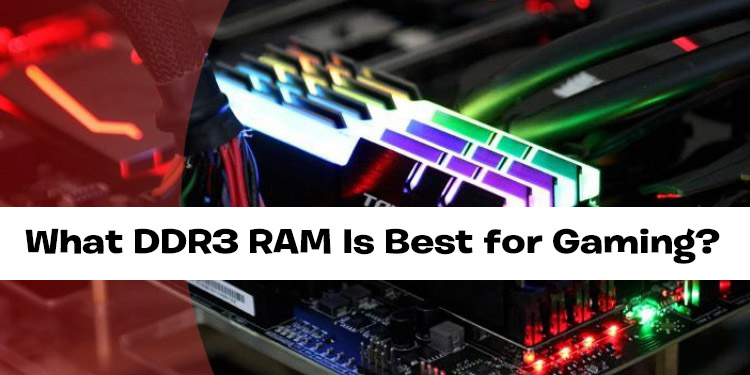
While most modern PCs only use DDR4 RAM, some gamers have kept upgrading their old system without replacing the motherboard. A DDR3-compatible motherboard can only fit a DDR3 RAM stick due to the differences in critical pins between that generation and newer ones. This means that you’re essentially stuck with older RAM. However, you can still play anything you want with an older generation since it has a negligible impact on gameplay. At worst, DDR3 RAM will increase your loading times. All you have to do is ensure that you have enough RAM capacity to power up demanding games.
Since most DDR3 motherboards cap out at 1,600 MHz, check your motherboard’s specifications to see which types of RAM will be compatible with your system. If you can work with something like 1866 MHz you can freely use higher-speed RAM. Otherwise, you’re stuck with 1,600 MHz RAM, and the focus will be more on ensuring proper capacity and latency. CAS latency (Column Access Strobe latency) will be one of the most vital factors to consider here. The CAS latency will be presented as the first number in a series of four in system specifications (e.g., 15-15-16-24). It determines how many CPU cycles it takes before the RAM responds to signals from the PC to fetch memory.
If you’re looking for the best DDR3 RAM with 1600 MHz, there are a few options to choose from:
· Corsair Vengeance Pro Series DDR3 2x8GB
With a CAS latency of only nine cycles and 1600 MHz speed, the Corsair Vengeance Pro is pretty much the best you’re going to get. Corsair is one of the most popular and reliable PC hardware designers, and this RAM series is no different. Considering the built-in limitations of DDR3 memory, 1,600 MHz is more than enough for an older design.
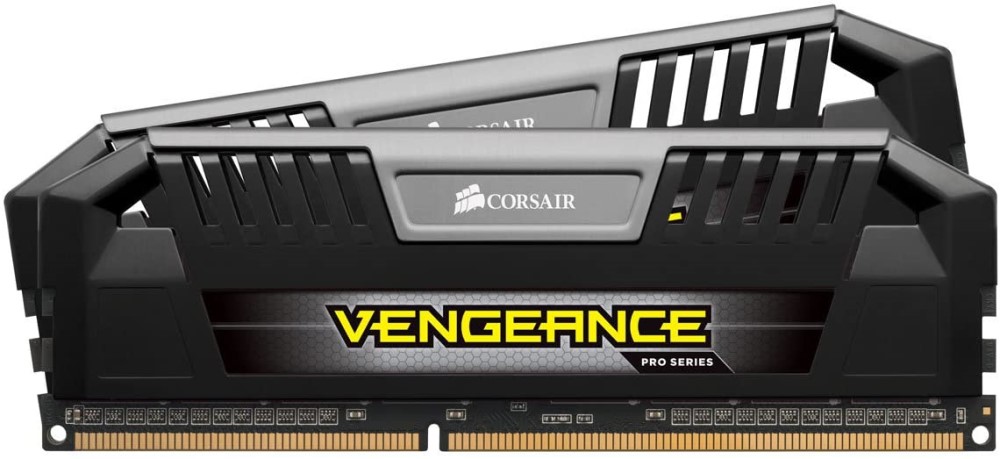
One of the downsides of the Corsair Vengeance is the slightly larger size of the memory sticks. This might make them impossible to use with other hardware components inside a smaller casing.
· Kingston HyperX Fury DDR3 2x8GB
Kingston is a household name among hardware and memory component manufacturers for a good reason. Their Fury series has a 10-cycle latency and is one of the best RAM pieces you can find with 1866 MHz speed. Though only useful for systems that can use the improved memory rate, it’s a great feature to look for in RAM for an older motherboard.
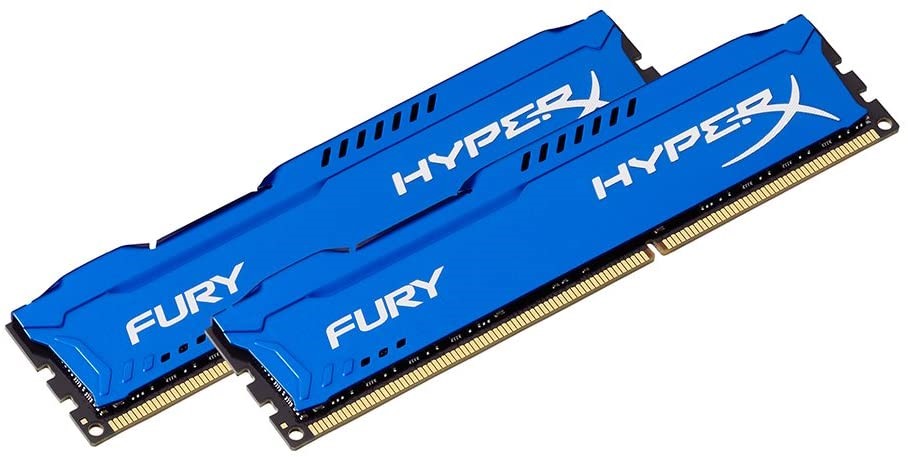
As always, having two separate sticks is better than one, and most older motherboards will have two RAM slots to fit them. HyperX doesn’t have many downsides, and it can be considered the best 1866 MHz RAM on the market. There are very few options that come even close.
What Is the Best Brand of RAM?
Sometimes, buying from popular brands comes with the added costs of marketing and prestige, which won’t make much sense for a budget-oriented gamer. RAMs are so affordable that the difference between premium products and less expensive options shouldn’t warrant sacrificing performance. Spending a few more bucks for quality matters. The best brands have built a name for themselves over the years, and their products deliver on the expectations.
If you’re looking for the best of the best, there are usually three brands to consider:
· Corsair
Widely recognized as the premier RAM manufacturer, Corsair RAM sticks are among the trendiest, fastest, and most reliable options on the market. Corsair also designs and manufactures other hardware components, making them incredibly versatile. You can pretty much get every peripheral, from towers to coolers, in Corsair devices. In addition, Corsair RAM sticks come with a lifetime warranty, which only increases their reliability and value.
Corsair also carries a series of low-profile sticks that fit within mini-ATX towers for more portable PC designs.
· G.Skill
While G.Skill designs several peripheral components, it’s best known for its high-quality RAM. Therefore, this brand offers better value and is among the first to introduce innovations to its design. Though expectations are high, G.Skill typically delivers, even if it’s a close second to Corsair.
· Kingston
Kingston is the king of well-priced RAM. Kingston is typically much less expensive than Corsair or G.Skill products and covers every essential gaming requirement. So if you get Kingston RAM inside the PC, you’re probably good to go for the next several years.
Who Makes the Best RAM?
If you’re worried about getting the most out of your PC, then Corsair should be your go-to. This brand is known among gaming aficionados as having the best-performing RAM, extremely favorable warranties, and high-quality aesthetics.
One of the possible downsides when purchasing Corsair products is that they tend to be more expensive than lesser-known brands. Luckily, even the runners-up have some surprisingly inexpensive components to fit a smaller budget. If the price is not an issue, get the best Corsair RAM available. You won’t regret it.
Should I Wait for DDR5?
One of the most anticipated developments in the world of RAM is the upcoming next-gen memory. Aptly named DDR5, this is the next step in the evolution of computer memory. DDR5 improves the overall capacity and speed of the system, ensuring compatibility with both current and upcoming software. DDR5 should appear at the end of 2021 or early 2022, and the rest of the industry is likely to catch up quickly. In the meantime, gamers will have to wait until motherboard manufacturers deliver DDR5-compatible products for new PCs.
For gaming purposes, DDR4 (or even DDR3) will work just fine. Overall, don’t wait on DDR5 to get a gaming rig. The current generation of top-notch RAM hardware will suffice for the next few years.

















